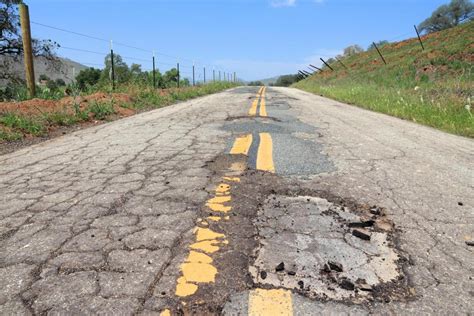Despite decades of technological and infrastructural advancements, the safety of U.S. roads remains a contentious and troubling issue. The alarming rise in pedestrian and bicyclist fatalities signals that something is fundamentally wrong with how we approach road design and urban planning. The primary factor behind this failure is reliance on outdated research and misguided priorities that favor car-centric infrastructure. Reports show that over 7,500 pedestrians and 1,000 bicyclists lost their lives on American roads in 2022 alone, reaching levels unseen for 45 years. This trend highlights the urgent need for a paradigm shift away from prioritizing automobile traffic above all other concerns.
One of the most egregious shortcomings involves how local governments tackle the impacts of new road structures. Often, extensive studies are mandated to gauge the effects of introducing safety measures like bike lanes and pedestrian walkways. Ironically, these are the same types of studies that are conspicuously absent when roads are initially built or widened. Historical oversight in studying how wide, fast roads could compromise community safety, increase local pollution, and degrade downtown areas is rarely considered. This oversight makes retrospective efforts to enhance road safety seem less justifiable to some factions of the public, as highlighted by user `bluejekyll` in a recent online discussion.
Moreover, the politicization of traffic safety studies further complicates the issue. As pointed out by the user `SoftTalker`, such studies often reflect the agenda of whoever commissions them. Anti-car municipalities might justify the addition of seldom-used bike lanes that impede car traffic, while pro-development bodies may present expansion projects as inevitable societal and economic boons. This lack of objective research discredits genuinely needed safety improvements and introduces a form of institutional bias that perpetuates unsafe conditions under the guise of development or congestion management.
Resistance to change is another significant barrier. For instance, some argue that bike lanes and traffic-calming measures are a waste of resources, especially in medium-density areas where they seem underutilized. Critics like `blackeyeblitzar` observe that many bike lanes remain empty, which gives surface credence to the argument that these lanes are failures. However, this perspective fails to consider that the mere presence of underutilized bike lanes often results from poor design and fragmented planning rather than an inherent lack of demand.
On a more positive note, successes in some localities provide a glint of hope. For example, user `orwin` shared about a small town that implemented safety measures like curated road curbs and protective bollards, resulting in zero pedestrian fatalities over two years. Such examples demonstrate that proactive, well-thought-out, and adequately tested infrastructural changes can enhance road safety without severely affecting traffic flow. Proposals by the NHTSA for new crashworthiness testing programs also recognize the necessity for standards that prioritize pedestrian safety.
As we consider the future of road safety, leveraging technology explains one potential avenue for improvement. Advances in autonomous driving technology, for instance, present the possibility of significantly reducing road fatalities by minimizing human error. Tesla’s advances in auto-drive technologies are notable, although the path to fully safe autonomous driving is still emerging. Alongside technological advancements, implementing more holistic planning initiatives—encompassing pedestrians, cyclists, and public transport—can produce more rounded road safety policies. Urban planners must pivot from archaic methods and embrace inclusive, data-driven models that consider the broad spectrum of road users.
Ultimately, addressing the root causes of road safety issues involves rethinking our infrastructural priorities and societal attitudes towards transportation. It demands a concerted effort from policymakers, urban planners, and the public to validate safety over speed and convenience. By doing so, we not only safeguard lives but also enhance the livability and sustainability of our urban environments. Moving away from car-centric paradigms and integrating multi-modal transport solutions can pave the way towards safer cities for everyone.


Leave a Reply